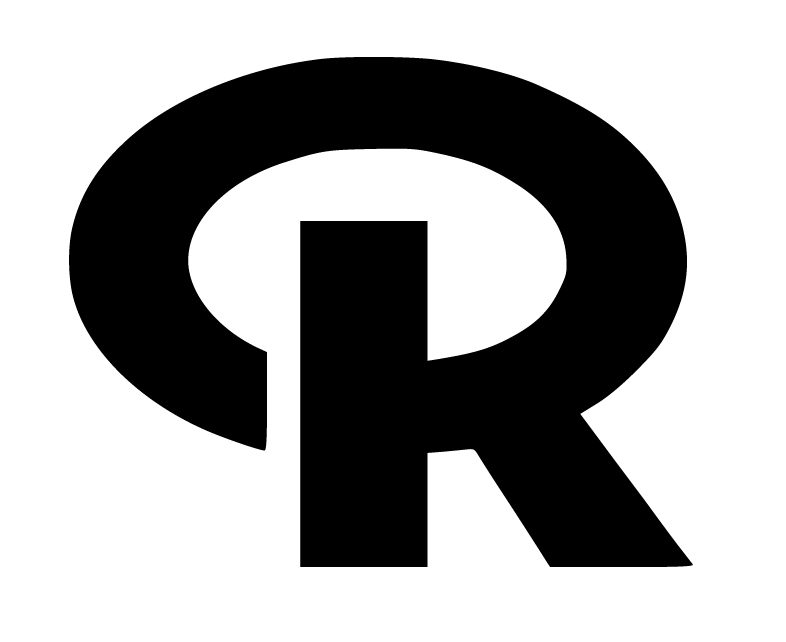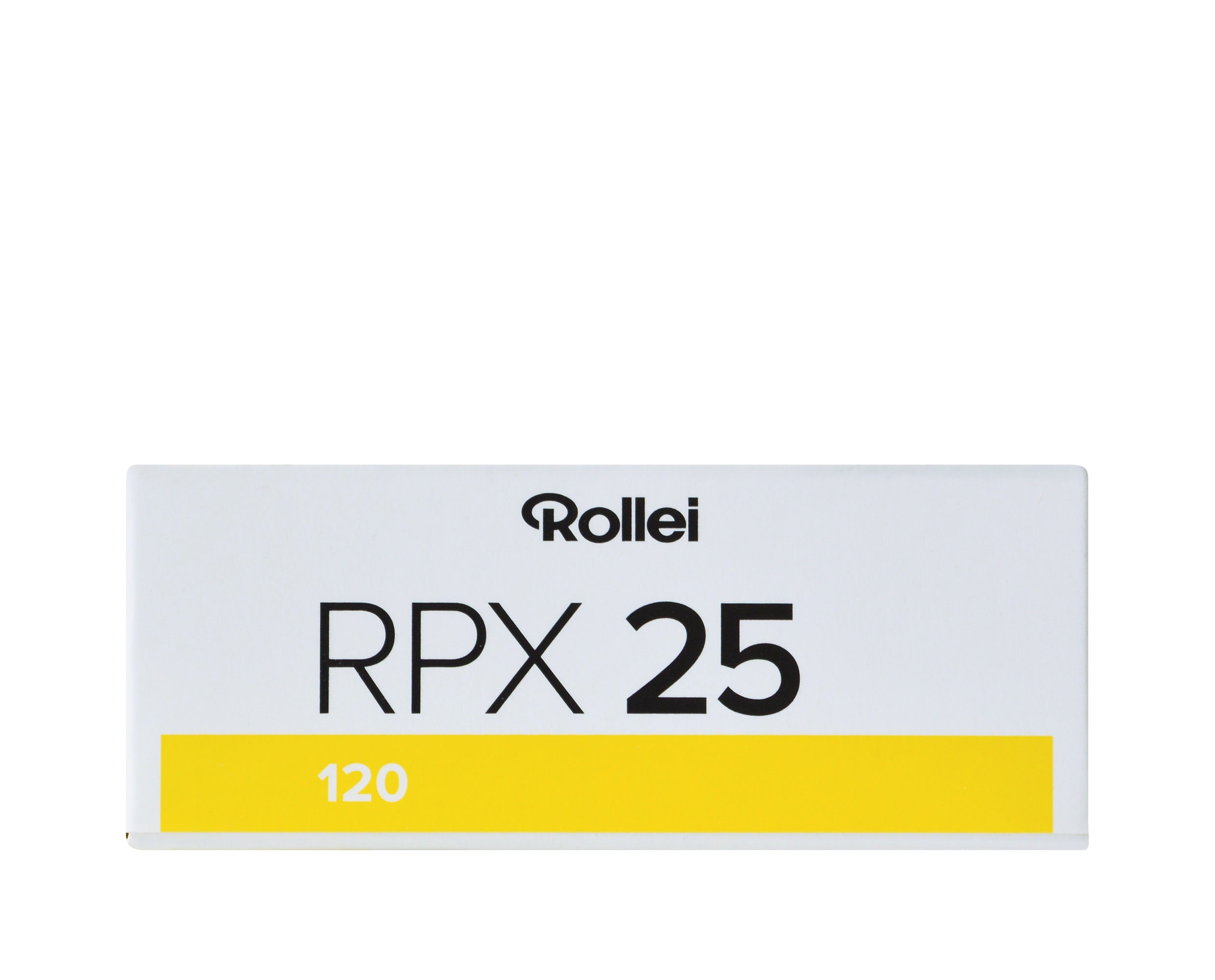
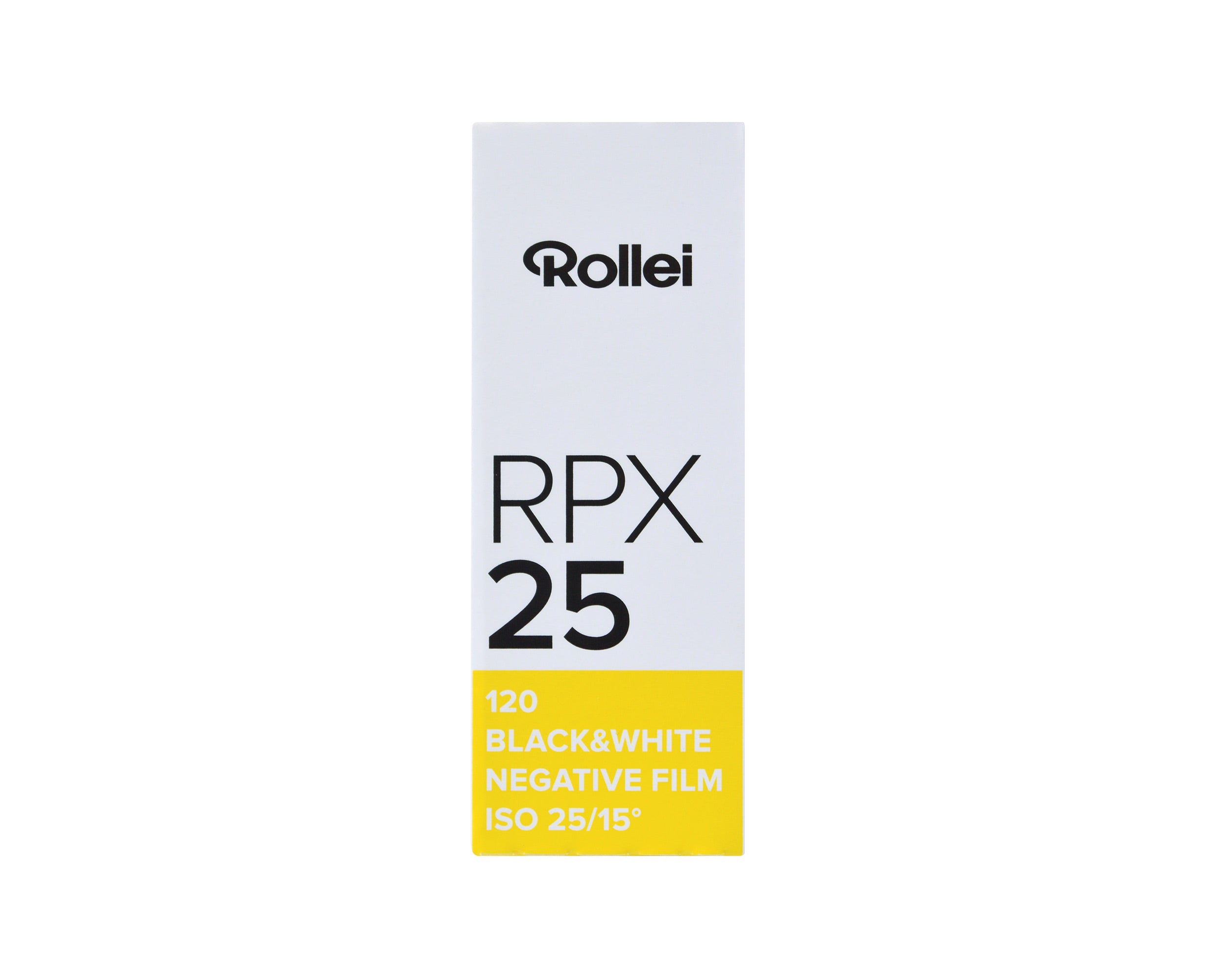
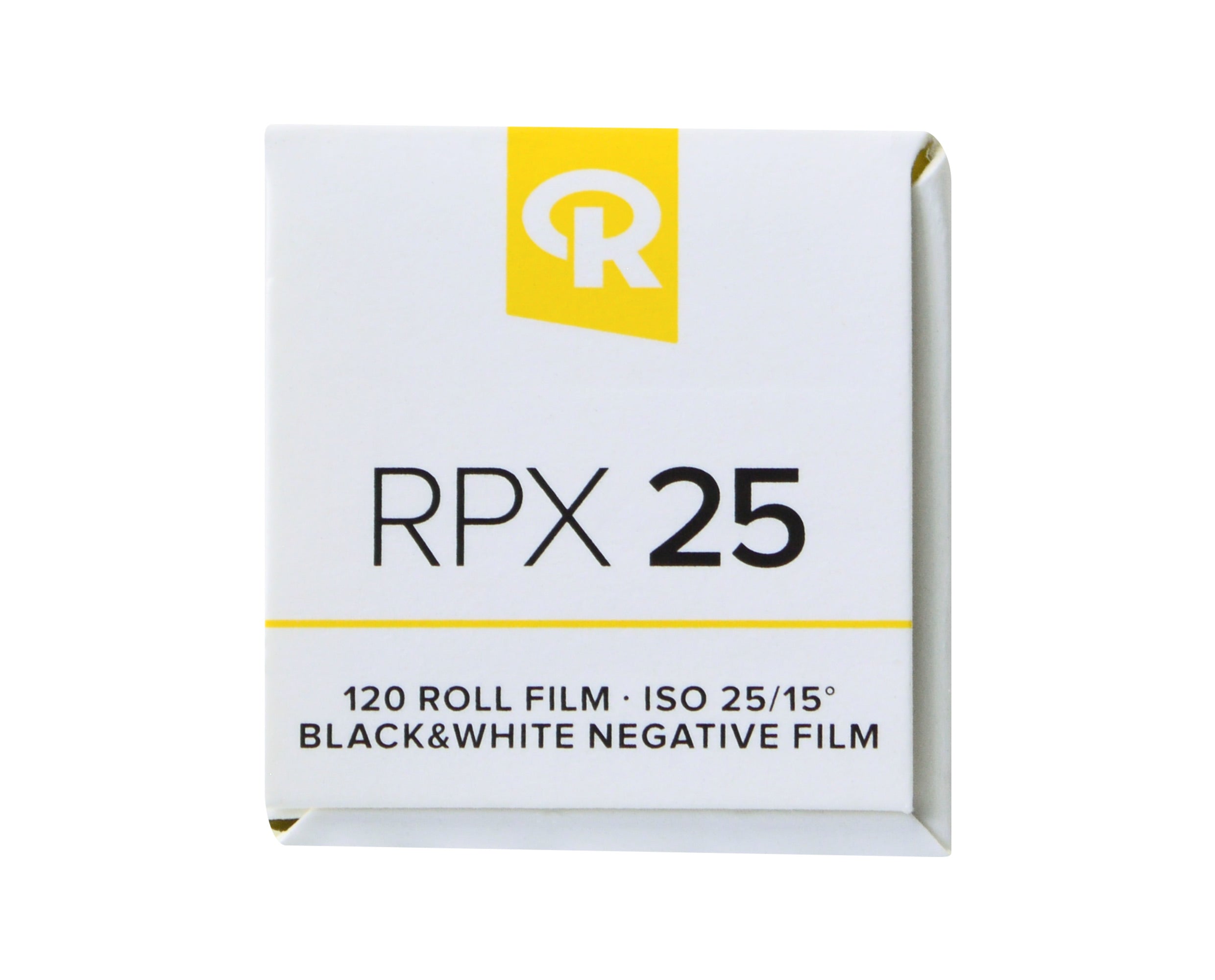
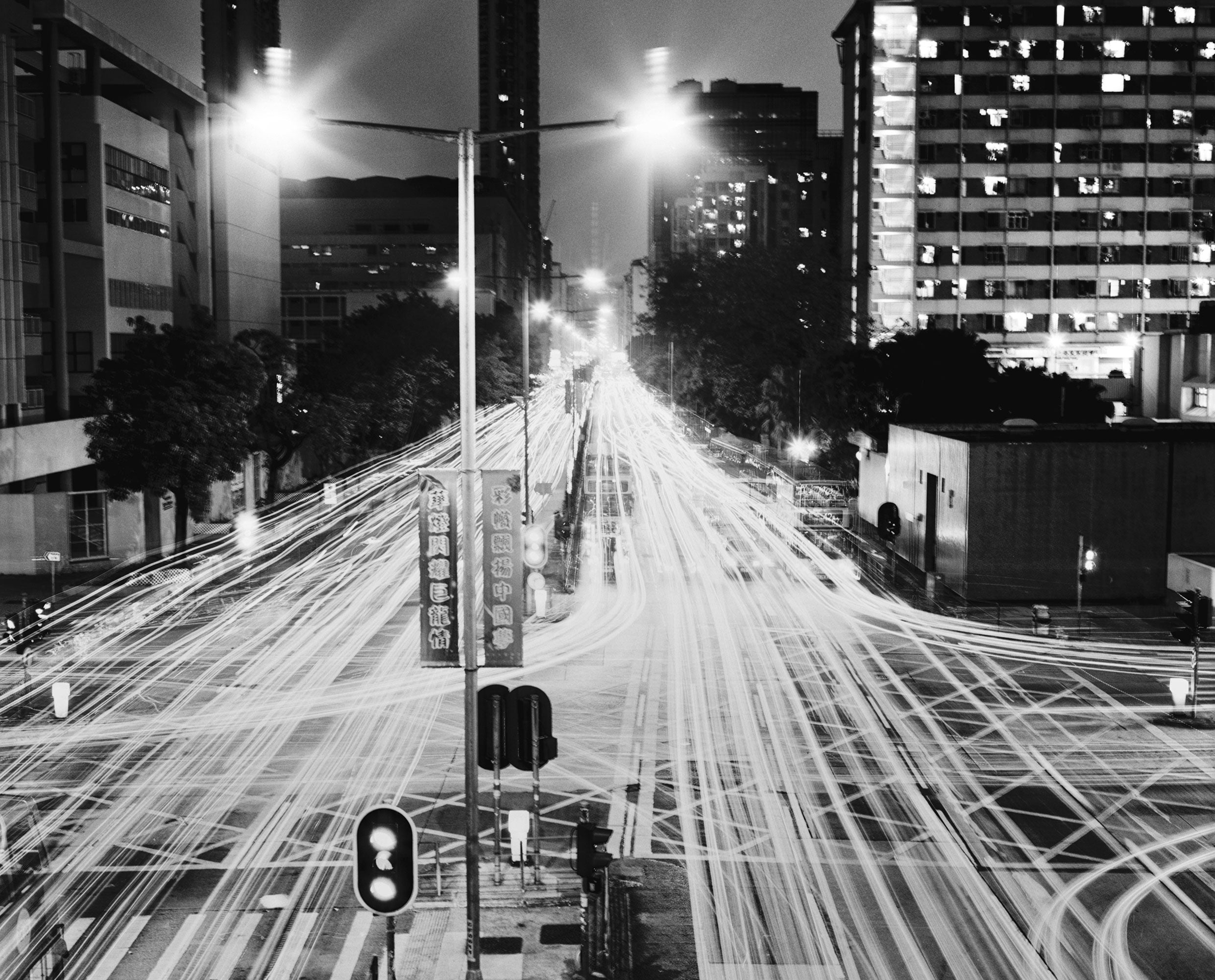

Rollei RPX 25 roll film 120
Couldn't load pickup availability
Pickup available at Brookstieg 4
Usually ready in 24 hoursRollei RPX 25 – Black and White Film with Maximum Fineness and Resolution
Rollei RPX 25 is a low-speed black and white negative film designed for applications requiring the highest standards in detail and image quality. With its extremely fine grain structure and outstanding resolution, this film is ideal where high sensitivity is not essential – such as landscape, architectural, or studio photography.
Ultra-Fine Grain for Exceptional Detail
With an impressively low RMS granularity of just 8 – significantly below the typical range of comparable films (RMS 9.5–10) – RPX 25 enables virtually unlimited enlargements without visible grain, delivering sharp and highly detailed results.
Key Features:
- Film type: Black and white negative film
- Sensitivity: ISO 25/15°
- Resolution: Very high
- Grain: Ultra-fine (RMS 8)
- Enlargement potential: Practically unlimited
- Ideal for: Maximum image quality, sharpness, and fine detail reproduction
Rollei RPX 25 is the perfect choice for photographers who demand uncompromising quality – whether for traditional darkroom enlargements or high-resolution scans in digital workflows.
Available formats:
- 135-36 (35mm, 36 exposures)
- 120 roll film (medium format)
- Sheet film (4×5")
- 35mm bulk roll (30.5 meters)
Pairs well with

Rollei RPX 25 roll film 120
If you have any questions, we're happy to assist you! You can contact us anytime – we usually reply within 1–2 business days.
-
Customer Service
Not sure about a product or have a specific question?
Just send us an email at hello@rolleianalog.com – we’re happy to help.
Or give us a call at +49 (0)40 23700 888 (Mon–Fri, 9:00 AM – 4:00 PM CET). -
Shipping Information
Shipping costs are calculated live in your cart based on your delivery address and selected shipping method.For full details on delivery times, carriers, and international shipping, please refer to our Shipping Information page.
-
International Shipping
We ship worldwide!
If you're ordering from abroad and have questions about delivery, customs, or returns – feel free to get in touch with us.
FAQs
What film is compatible with my camera?
That depends on the format your camera supports:
35mm (small format) – used in most analog SLRs, rangefinder, and compact cameras
120 roll film (medium format) – for many classic medium format cameras
Sheet film (e.g. 4×5") – for large format cameras, typically in professional use
You’ll find Rollei films in all three formats in our range.
The required film type is usually indicated on the camera body or in the manual.
What does ISO mean in film photography?
The ISO number indicates how sensitive a film is to light – and it affects both exposure and image aesthetics:
ISO 25–100 → fine grain, ideal for bright conditions and detail-rich subjects
ISO 200–400 → more flexible in changing light, with slightly more contrast and visible grain
Tip: The lower the ISO, the more precise your exposure needs to be – but you'll get finer tonal values. Higher ISO films are more forgiving and great for spontaneous shots or shooting on the go.
How should I store film?
Unexposed film should be stored in a cool, dry, and dark place – ideally in the refrigerator at 5–10 °C (41–50 °F).
Be sure to let the film reach room temperature before use to avoid condensation.
Tip: When stored properly, the indicated expiration date can often be exceeded – especially with black-and-white films. What matters most is a stable environment, ideally in the original packaging or in light-tight containers.
What does panchromatic or orthochromatic mean?
These terms describe which parts of the light spectrum a black-and-white film is sensitive to:
Panchromatic: sensitive to the entire visible spectrum (including red) → produces natural tonal values and is suitable for all kinds of subjects – the standard type for most black-and-white films.
Orthochromatic: not sensitive to red light → increases contrast and renders red tones very dark – ideal for technical, graphic, or experimental work.
Tip: Most modern black-and-white films are panchromatic. If you're unsure, panchromatic is almost always the safe choice.
Can I push or pull Rollei films?
Yes, many Rollei films can be pushed or pulled very effectively – ideal when working in changing light or when you want to creatively shape contrast and grain.
Examples:
– Rollei RPX 400 can be reliably pushed to ISO 800 or even 1600 – with increased contrast and slightly coarser grain.
– Rollei Retro 400S also responds well to push processing – perfect for high-contrast subjects or low-light situations.
– Rollei Superpan 200 can not only be pushed, but also combined with infrared filters – opening up additional creative possibilities.
– For especially fine-grain results, you can pull Rollei RPX 100 to ISO 50 – resulting in softer tonal values and maximum detail.
